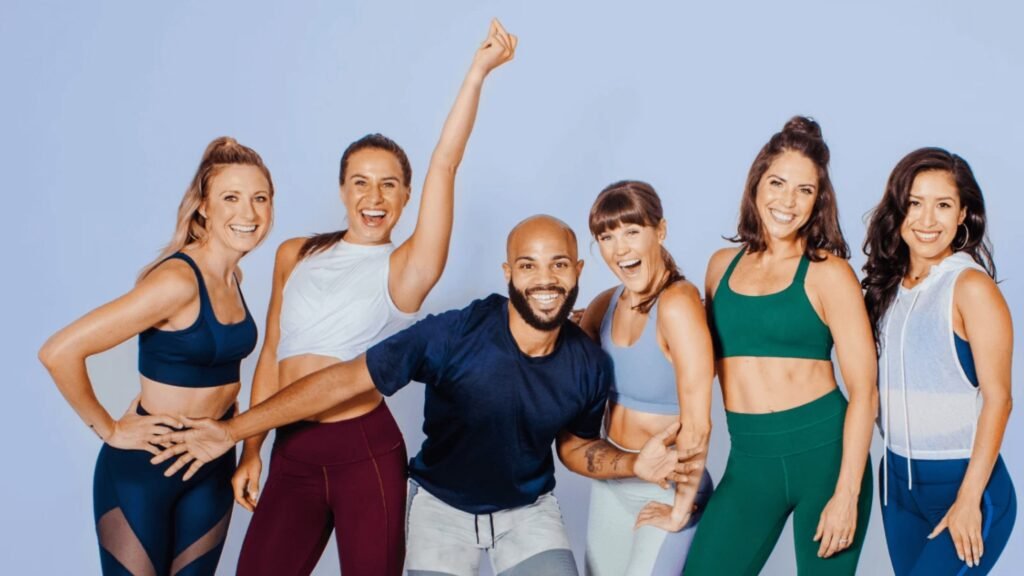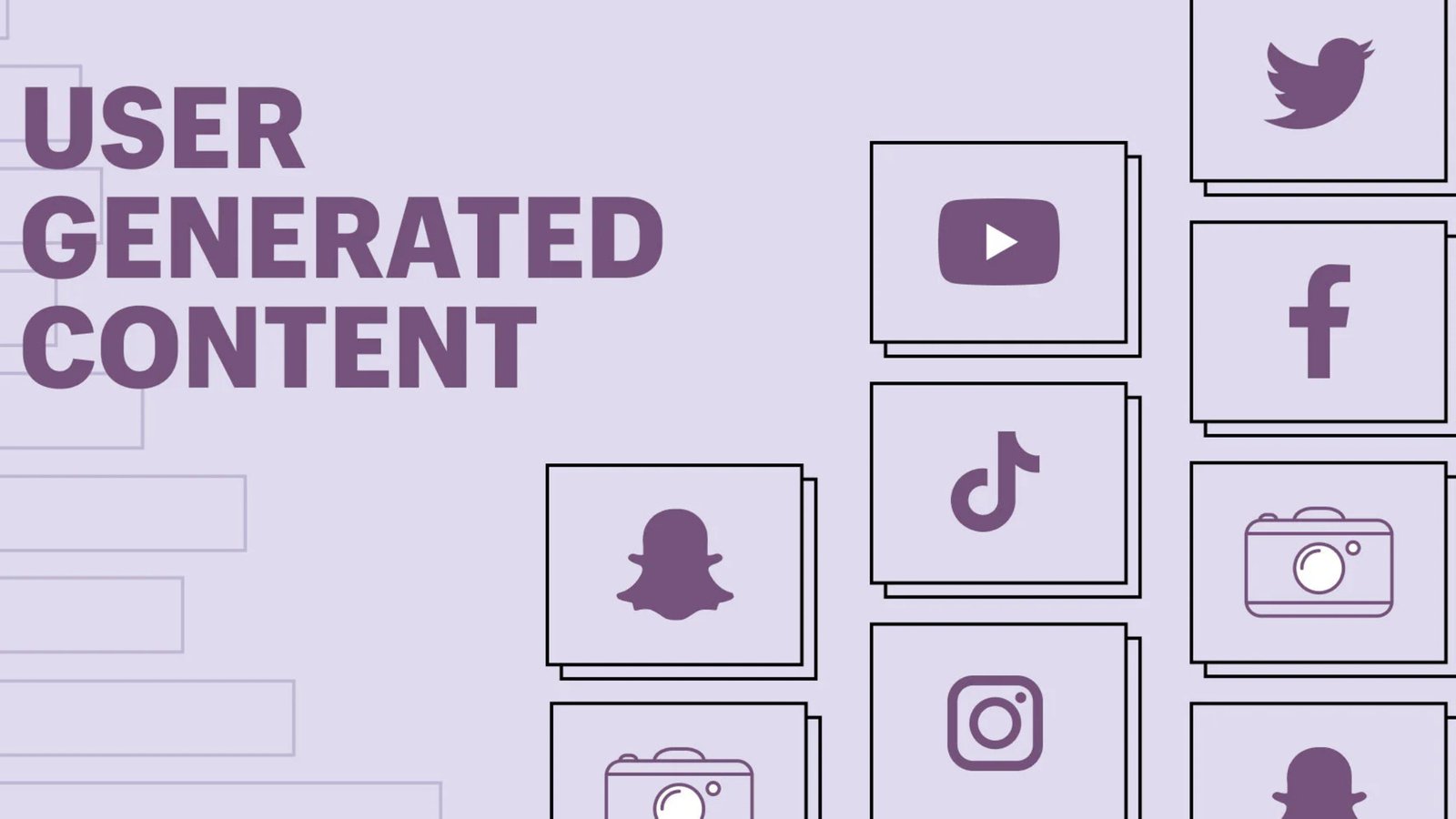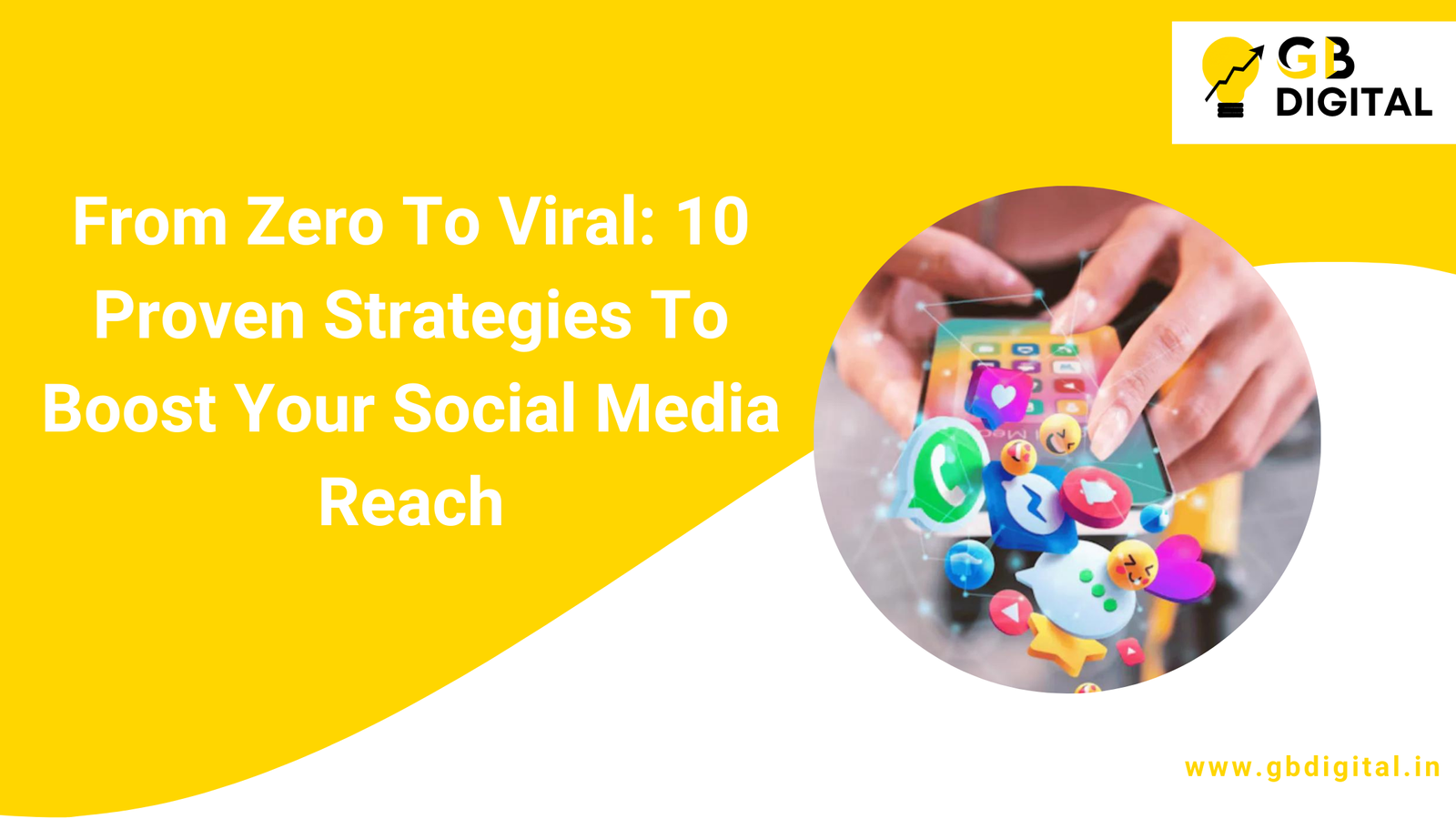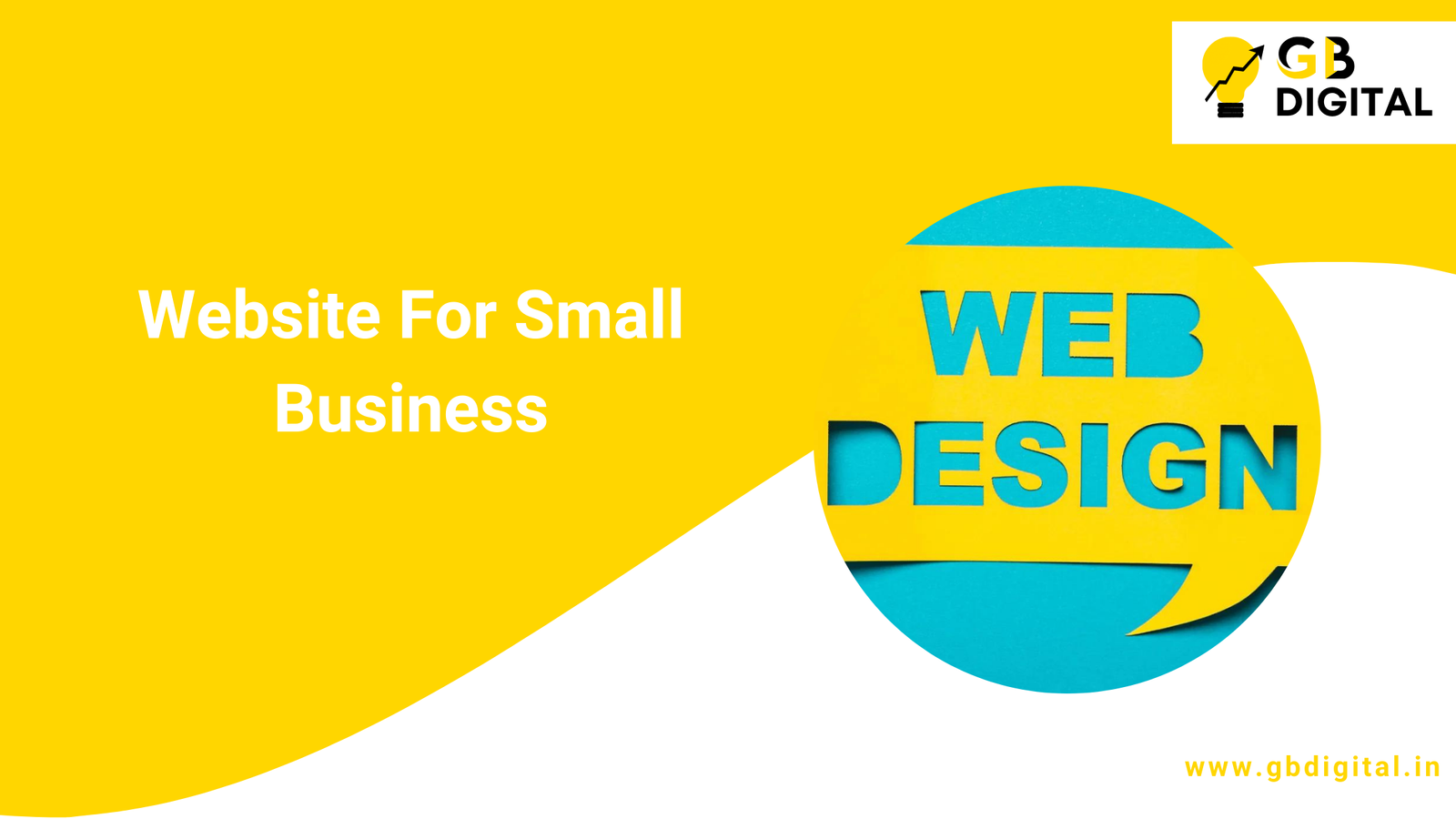In today’s digital landscape, influencer marketing for fitness brands has become a powerful strategy to drive engagement, credibility, and conversions. Fitness influencers command a loyal audience that trusts their recommendations, making them ideal partners for brands looking to establish authority and boost sales.
However, success in influencer marketing requires a strategic approach one that GB Digital has perfected. Our expert-driven influencer marketing strategies ensure your fitness brand connects with the right audience, maximizes ROI, and builds long-term brand equity.
In this guide, we’ll dive deep into fitness influencer marketing, exploring why it works, how GB Digital crafts high-impact campaigns, and the best practices for leveraging influencers to grow your brand.
Why Influencer Marketing is Essential for Fitness Brands

1. Builds Trust and Credibility
- Fitness influencers have established strong relationships with their audience, creating an authentic connection.
- Recommendations from influencers feel personal and credible, unlike traditional ads.
2. Enhances Brand Awareness
- Collaborating with influencers expands your reach to a targeted audience interested in health and fitness.
- Consistent influencer partnerships keep your brand top-of-mind.
3. Boosts Sales and Engagement
- Well-planned influencer campaigns lead to higher engagement rates, website traffic, and conversions.
- User-generated content (UGC) created by influencers further enhances engagement.
4. SEO and Social Proof Advantages
- Influencer content drives traffic to your website, improving SEO rankings.
- Social media shares and backlinks from influencers strengthen your online presence.
How GB Digital Elevates Fitness Influencer Marketing
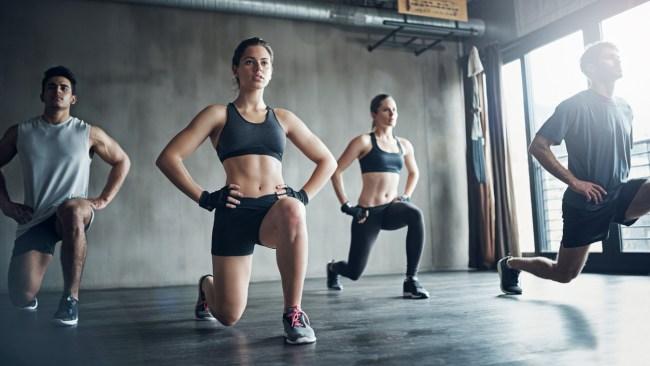
1. Identifying the Right Fitness Influencers
At GB Digital, we ensure your brand collaborates with influencers who align with your niche and values. Our selection process includes:
- Audience Analysis – We examine follower demographics to ensure they match your target audience.
- Engagement Rate Check – Higher engagement rates indicate an authentic, loyal audience.
- Content Relevance – Influencers must create high-quality fitness-related content that complements your brand.
💡 Example: A protein brand benefits more from a strength training influencer than a general lifestyle influencer.
2. Crafting Data-Driven Campaign Strategies
Our influencer marketing strategy is backed by data insights and industry trends. We focus on:
- Campaign Goals: Awareness, engagement, lead generation, or direct sales.
- Content Type: Reels, IG Stories, TikTok challenges, YouTube reviews, or blog collaborations.
- Call-to-Action (CTA): Encouraging sign-ups, discount codes, or link clicks for measurable impact.
3. Maximizing Engagement Through Multi-Platform Integration
We go beyond Instagram—leveraging:
- TikTok for viral fitness challenges.
- YouTube for long-form workout content and product reviews.
- Facebook groups for community-driven engagement.
- Twitter & LinkedIn for fitness professionals and industry credibility.
4. Leveraging Micro-Influencers for Higher Conversions
While mega influencers have massive reach, micro-influencers (10k-100k followers) drive higher engagement and trust. GB Digital specializes in building cost-effective campaigns with micro-influencers to maximize ROI.
5. Tracking Performance and Optimizing for Growth
We use AI-powered analytics to track influencer performance:
- Engagement Metrics: Likes, comments, shares, and saves.
- Conversion Tracking: Discount codes, affiliate links, and UTM tracking for purchases.
- Audience Insights: Understanding demographics to refine future campaigns.
Best Practices for Fitness Influencer Marketing

1. Set Clear Campaign Objectives
- Define whether you want brand awareness, lead generation, or direct sales before choosing an influencer.
- Track KPIs like engagement rates, clicks, and ROI to measure success.
2. Encourage Authentic Content
- Influencers should create real, unfiltered content rather than scripted ads.
- UGC (User-Generated Content) leads to higher trust and relatability.
3. Utilize Multiple Influencer Tiers
- Mega influencers (500k+ followers): Great for brand awareness.
- Macro influencers (100k-500k followers): Balanced reach & engagement.
- Micro-influencers (10k-100k followers): High engagement & niche appeal.
- Nano-influencers (1k-10k followers): Authenticity & community trust.
4. Optimize for Social Commerce
- Use Instagram Shopping, TikTok Shop, and Swipe-Up Links to drive instant purchases.
- Offer exclusive discount codes via influencers to boost conversions.
5. Leverage Long-Term Partnerships
- Instead of one-off campaigns, build ambassador programs for lasting brand credibility.
- Fitness audiences trust long-term collaborations more than one-time promotions.
Successful Fitness Influencer Campaigns: GB Digital’s Case Studies

🏋️ Case Study 1: Boosting Sales for a Protein Brand
- Influencers Used: 50+ micro-influencers
- Strategy: Product demos + discount codes
- Results: 32% increase in sales within 3 months
🏃 Case Study 2: Growing a Fitness App’s User Base
- Influencers Used: YouTube fitness trainers
- Strategy: Full-length workout videos + CTA for app downloads
- Results: 45K new downloads in 2 months
🥗 Case Study 3: Promoting a Healthy Meal Subscription
- Influencers Used: Nutritionists & fitness vloggers
- Strategy: Daily meal vlogs & transformation stories
- Results: 5X ROI in campaign spend
Read Also : How Influencer Marketing is Transforming the Skincare Industry
How Influencer Marketing Can Help Your Brand Get Ahead In The Fashion Retail Industry
Conclusion
Influencer marketing for fitness brands isn’t just a trend—it’s a game-changer for long-term brand growth. By partnering with GB Digital, your brand gets access to data-driven strategies, the right influencers, and optimized campaign execution.
Whether you’re launching a new supplement brand, fitness app, or activewear line, GB Digital ensures your brand gets noticed, trusted, and loved by the right audience.
📢 Ready to scale your fitness brand with influencer marketing? Contact GB Digital today!
FAQs
Q1. How much does influencer marketing for fitness brands cost?
Costs vary based on influencer size, platform, and campaign goals. Micro-influencers ($100-$500 per post) offer high ROI for niche brands.
Q2. What are the best social media platforms for fitness influencer marketing?
Instagram, TikTok, and YouTube are the top platforms for fitness marketing due to their highly visual and engaging content.
Q3. How do I measure the success of an influencer campaign?
Track engagement rate, website traffic, conversions, and sales using influencer-specific discount codes and UTM links.
Q4. Should I use micro or macro-influencers for my fitness brand?
It depends on your budget and goals. Micro-influencers have higher engagement rates, while macro-influencers offer larger reach.
Q5. How can GB Digital help my fitness brand with influencer marketing?
GB Digital provides data-driven influencer selection, campaign execution, and performance tracking to ensure maximum ROI and brand growth.

